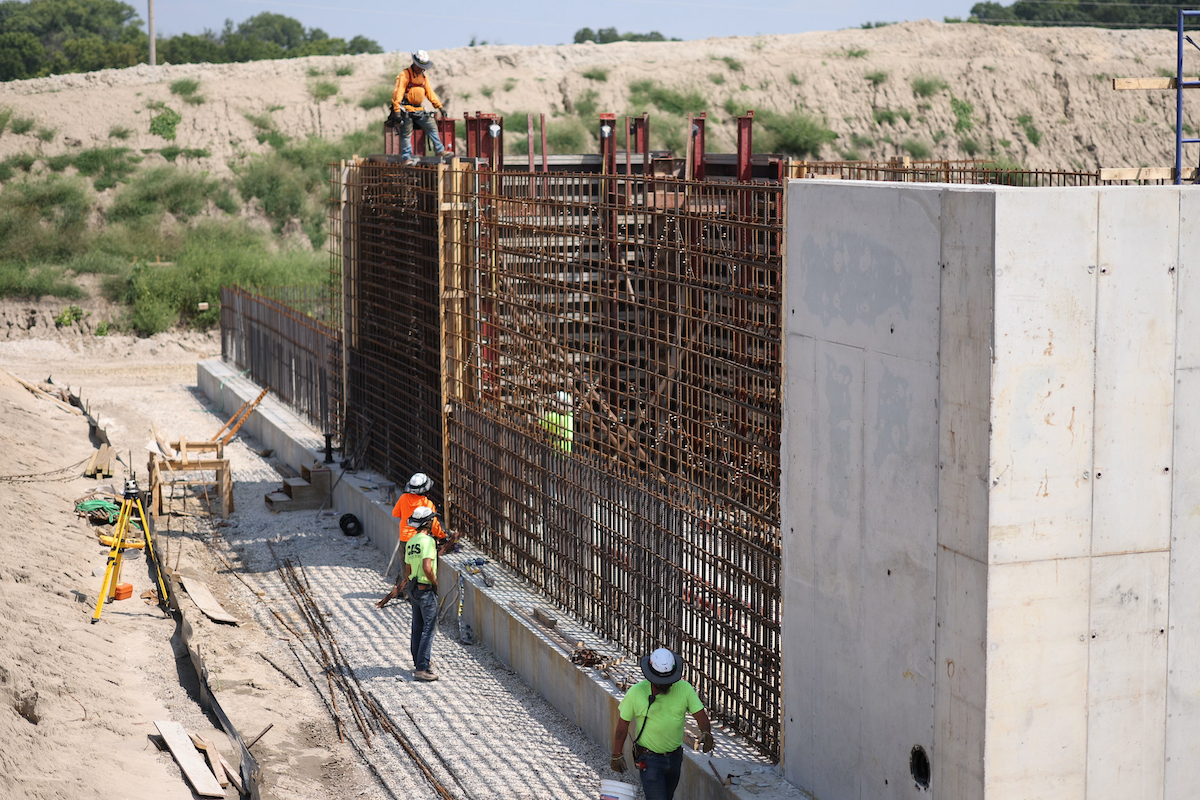Because of the work that has been done over the last year, travelers in the two states should be cautious that flooding impacts will not be the same as they have been in the past. Levee repairs, by both the US Army Corps of Engineers and local levee districts, and roadway improvements, especially to Interstate 29 and Iowa 2 on the Iowa side, will impact how flood water flows in these areas, compared to the flooding last fall.
Nebraska Department of Transportation and Iowa Department of Transportation officials coordinate regularly on improvements that have been made to each state’s transportation system following last year’s flooding. This includes specific projects on roadways connecting the states like Nebraska/Iowa Highway 2, U.S. 34 and Interstate 680. Other projects have provided strengthening to shoulders and roadsides, especially on I-29 and I-680, that may help keep roads open longer and increase the ability to reopen roads sooner should flooding occur in these areas again.
Five new flood sensors have been installed in areas where potential flooding is anticipated this spring. These sensors will give transportation officials better information about river levels in key areas, allowing for emergency materials and equipment to be moved into place earlier than in the past.





































































